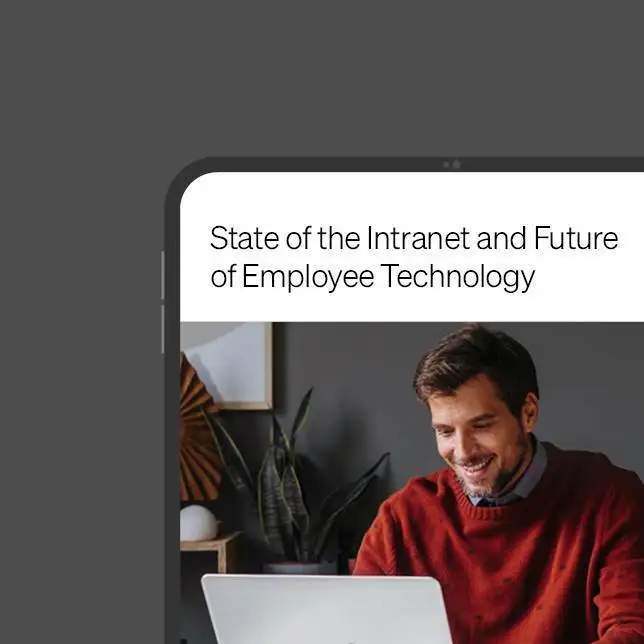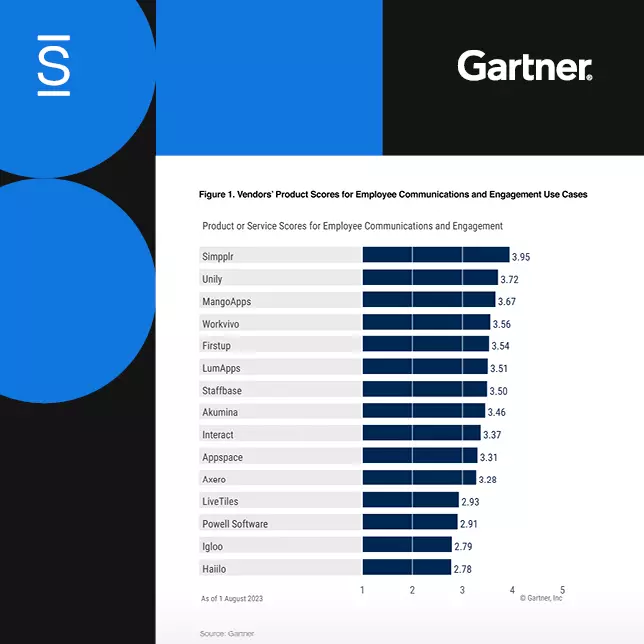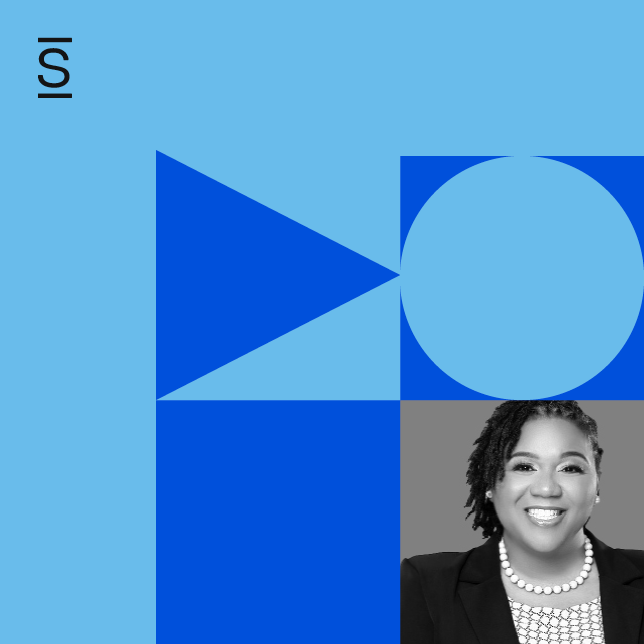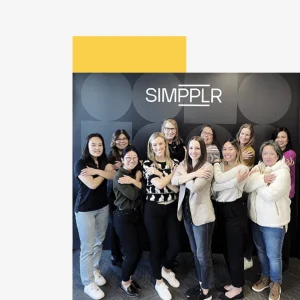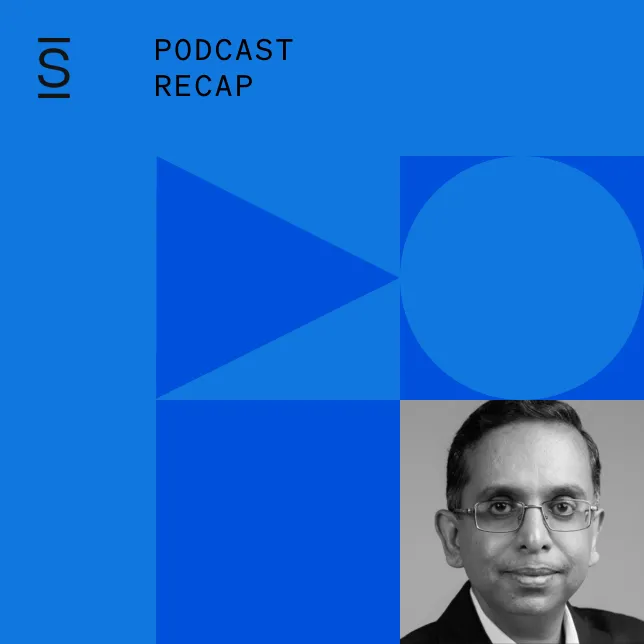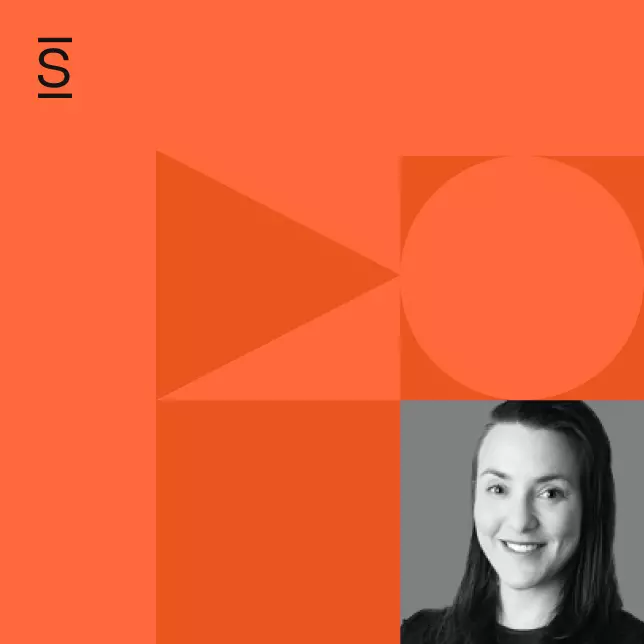An incredible theme has emerged among the many leaders that Amanda Berry has interviewed while hosting the Cohesion Podcasts. As Manager of Corporate Brand & Communications and Head of Internal Communications at Simpplr, Amanda has listened to everyone from Internal Comms directors to Chief People Officers. Several of the individuals come from diverse backgrounds. They have a broad range of experiences, and there is no specific course in their career. Some are exceptionally open to the opportunities that come their way, taking chances on what seem like unconventional offerings.
Interestingly, each of these people holds in common an internal drive. They have a deep belief in their capabilities, especially as leaders, and understand that anything is possible with hard work. Such was the case of Annette Reavis, Chief People Officer at Envoy, who discussed this subject with Amanda as part of the 15th Cohesion Podcast.
Envoy is a San Francisco-based company known for how its platform is making office life more effortless. By utilizing a cutting-edge workplace platform, they create an employee experience that is easier and more meaningful. From the way their products create first impressions by uniquely welcoming visitors to managing deliveries, booking desks and conference rooms, and even keeping your employees safe and compliant, Envoy is the simple solution for the new global workplace era. Annette has been their Chief People Officer since 2021 bringing a powerful perspective on inclusion and diversity in the workplace.
A Passion for Growing Employees From Good to Great
As stated, Annette’s background is distinctive and unique. She began her career as a tax accountant. It may be hard to imagine someone going from being an accountant to an HR person, but Annette’s interest and desire was always to serve people. She also spent a few years managing a doctor’s office. To her, there was nothing more meaningful and purposeful than taking care of women and bringing babies into the world. Again, Annette knew she wanted to focus on people.
Over the years, Annette traversed a sea of experience, going from accounting and eventually into HR. She found herself in companies such as Yahoo and HP, always being an HR business partner, coaching and mentoring, and helping leaders. However, it was at Facebook that Annette believed that she had a profound impact on people. At the time, Facebook was still in start-up mode with only 1,400 employees. By the time she retired ten years later, FB had over 40,000 employees. She aided not only the workers’ growth but also the leaders in expanding their abilities.
Annette was transitioning into a new era of life. As a widow with two sons who were moving on in their education and life, she questioned her next phase. That is when a friend suggested she become a chief people officer. The position offered her a chance to concentrate on the whole employee experience. The idea appealed to Annette. She wanted to influence the process from the first time her company talked to applicants during recruitment to when employees moved fully into their careers to even when they left. She wanted to create a team and a whole experience that reflected the passion for taking talent from good to great and even greater.
“I think it’s really, for me, about the underlying passion. What was always around helping people to learn, grow, and then thrive more,” Annette explained. “I was able to do that every step of the way, even though I did it in different roles and different opportunities. So when I coach others, that’s what I talk to them about. What’s most important to you? What brings you joy?”
The Strong Personal Perspective and Strength
One of the most significant hurdles for a Chief People Officer to overcome is helping create a culture that reflects your company’s values and incorporates diversity and inclusion. For Annette, this issue hits close to home. As a black woman and a leader in her industry, numerous problems surround employee experience and inclusion. Unfortunately, the passion for building an employment experience that allows for different roles and opportunities was not always presented to Annette.
“I’ll go way back to my public accounting days. I loved it. I loved serving clients,” Annette explained. “ And the only reason I left that business was because I knew they were never going to make a black woman a partner.”
Being told that her career would only progress so far in business because of the proverbial ceiling gave Annette a dim outlook. This realization was counter to everything Annette was told by her father and what she heard throughout her life. We have all heard at some point in our lives that we can be anything if we work hard enough. For Annette, it was the first experience where she had to stop and say that it was not because of her gender as a woman. What limited her career was the color of her skin. As a result, she found herself set on a different journey.
Annette expressed to Amanda that it was always harder for her to breakthrough into any industry. It had little to do with the field of business and more to do with stereotypes that individuals have about people of color.
“I think part of that has to do with people, [how they] see you and see a person of color. They already have their own stereotypes in their mind,” Annette began. “I may do something even to reinforce that stereotype, which in their mind is bad. And in my mind, it’s being pushed forward.”
Though Annette never viewed herself negatively, she had to confront stereotypes from many, including management. If she was determined or driven, Annette was called aggressive or unfriendly. Someone even said that she “smiled too much,” which made people not trust her.
Annette recognized that other people were saying those types of things because they didn’t know her as a person. To counteract the attitudes and beliefs, you have to challenge the mindset. In Annette’s case, she challenged the stereotype of what a person of color should be with an honest conversation. However, she also believes that things will not change without more inclusion and diversity in the workplace, particularly at the leadership level.
“I’m the only one that looks like me sitting around the table in tech more times than not,” Annette noted. “Even on the leadership team at Facebook, I rose to be a vice-president there of HR business partners. I was the only one.”
She admits that she has always had to work a little harder and push a bit further than others. But Annette credits what her father instilled in her from the beginning. She told Amanda, “I’m so lucky that I have the foundation, Amanda, from my father, who said, you can do anything. You can be anything.”
“In those moments, you know, that there are some things, but that you have to be strong and push through and really have to have your own confidence internally because you’re not going to get it from those around you. Because again, there was no one at the table that looks like you or thinks like you.”
Diversity and Inclusion
Annette shared a viewpoint not often voiced: Diversity is not the only color of our skin. Diversity is made of many other pieces. It includes our thoughts which are often attributed to how we were raised. To reset the idea of race and color “only” as a mark of diversity, she defined what inclusion really is. “It means you have to create an environment where everyone feels safe. I don’t think that’s happening. I can tell you from many of my own experiences that’s not happening.”
The best way to improve the diversity situation is through awareness. There is often an expectation that as employees are recruited, they will be like all the people around the table. Annette wants to change not only the faces around the table but also the understanding of differences, accepting those differences, and efforts to blend with those around you.
“It’s always meant that I’ve got to accept the difference and then be different than myself. And to me, that is where I think it’s falling short.”
Annette believes there is increased awareness surrounding inclusion, and that more people of color are getting hired, but not nearly enough. And the inclusion and acceptance part of the work environment is getting missed.
Moving into the future, Annette believes the opportunity to change the workplace mindset can only transpire if the world has the ability to change. She doesn’t see that happening, given the current world climate. As for business, there has to be education and more inclusion programs. But it can’t start with adults. It must begin with the younger populations of the world.
“I do think it’s going to take a lot more than business putting those programs in place. I actually think it’s going to have to start in schools and education because we actually need to change how people are raised,” Annette stated. “You didn’t get to that table with the mindset until someone taught you that; whether it be society, whether it be your parents, whether it be where you went to school. And so actually that foundation needs to change at home before people even get to be grownups in business for things to truly move forward.”
To hear more of this insightful and enlightening conversation between Annette and Amanda, tune into the Simpplr Cohesion Podcasts. You can also find on Apple Podcasts and Spotify.
